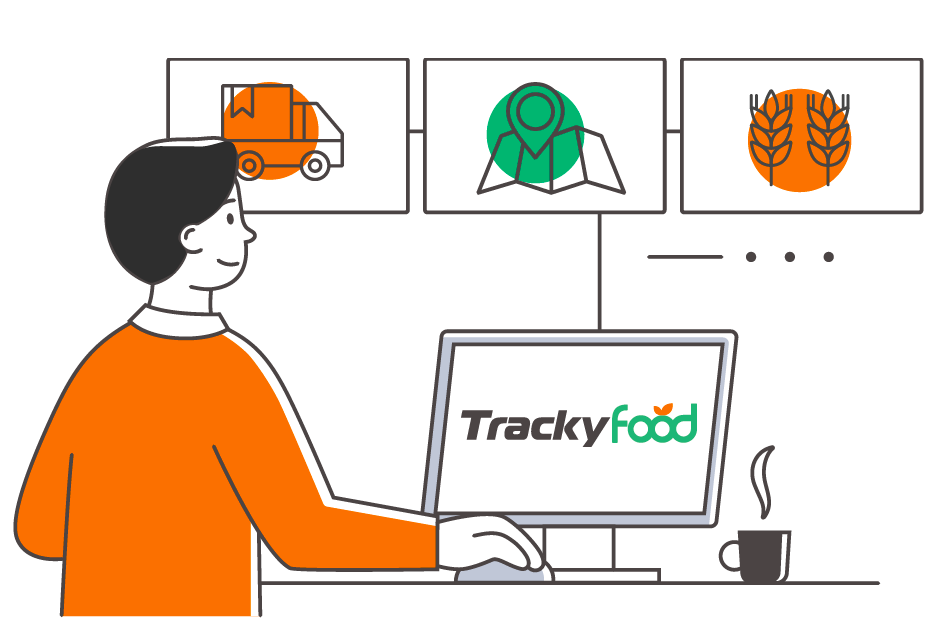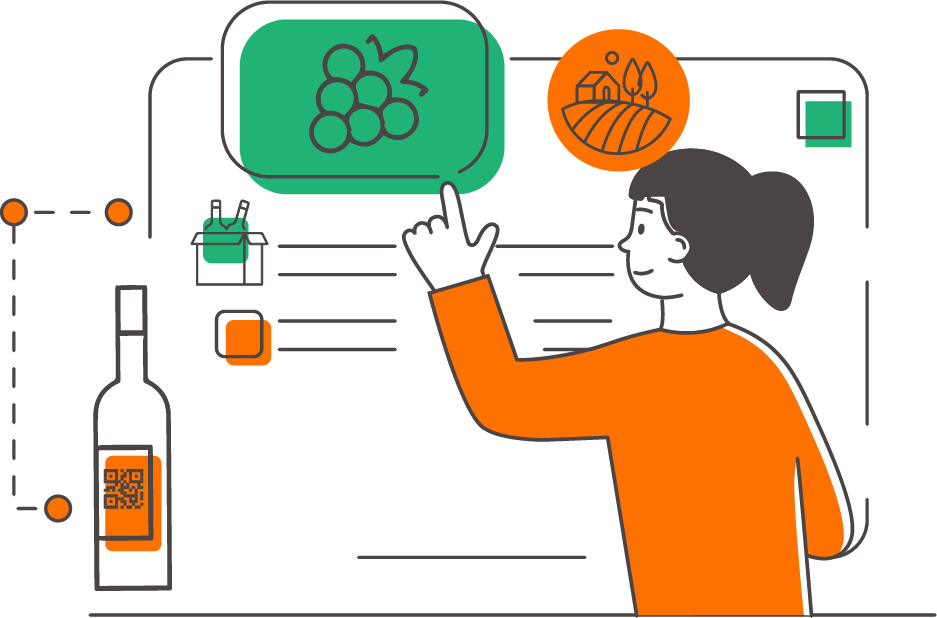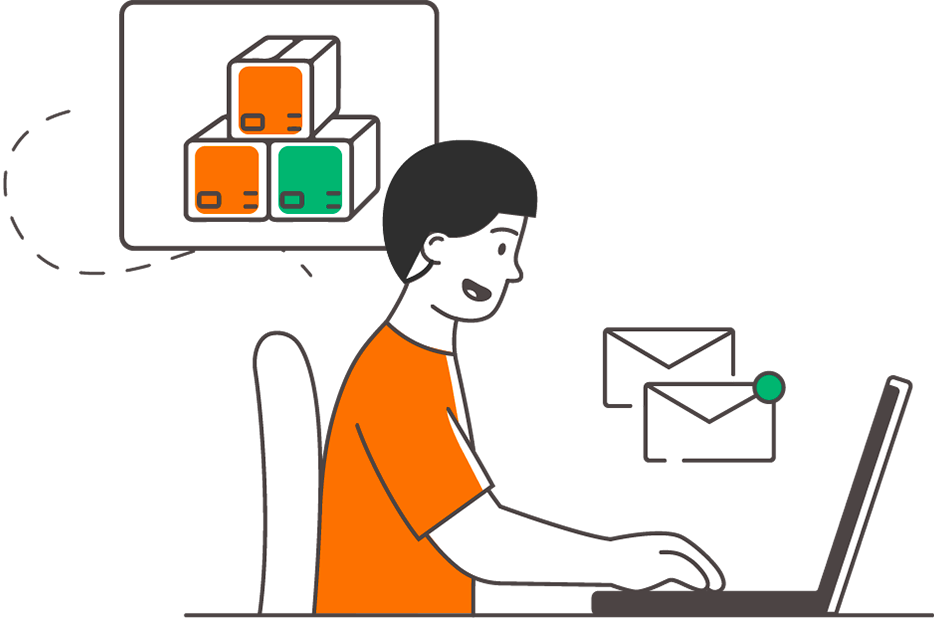
The 5 Myths About Food Traceability
Food traceability has become an essential component of the modern food industry. However, despite its growing adoption, many people—both consumers and industry professionals—have misconceptions about what it really is and how it works.
In this article, we explore the five most common myths about food traceability and debunk them one by one. Whether you’re a company looking to improve your supply chain or a curious consumer, this guide is for you.
1. “Traceability is only necessary for large companies”
Why it’s a myth
There’s a widespread belief that only large food producers or major retail giants need advanced traceability systems. Many small producers think they don’t need to invest in such technology, assuming it’s irrelevant for businesses of their size.
The truth
Food traceability is crucial for companies of all sizes. European regulations (EC Reg. 178/2002) require traceability to ensure food safety throughout the supply chain. For small and medium-sized businesses, implementing a traceability system can be a competitive advantage, especially in markets where consumers demand transparency and quality.
A practical example
Imagine a small artisanal cheese producer using a digital system to track the origin of the milk. This enables them to access stricter export markets and obtain certifications like organic labels.
Related keywords: small businesses and traceability, food traceability regulations, mandatory traceability.
2. “Traceability is only useful for emergencies or product recalls”
Why it’s a myth
Many people think traceability systems are designed solely to trace the origin of a problem, such as contaminated batches or non-compliant products.
The truth
Food traceability is much more than a reactive system. It’s a preventive tool that allows companies to constantly monitor every stage of their production chain, reducing risks and improving overall product quality. Moreover, it’s a powerful marketing tool to communicate transparency to customers.
A practical example
A fruit juice company uses a digital system to monitor the origin of the fruit, processing methods, and transportation. This helps identify inefficiencies, reducing costs and waste.
3. “Implementing a traceability system is too expensive”
Why it’s a myth
Many companies fear that implementing a traceability system involves prohibitive costs, requiring significant investments in technology, staff training, and infrastructure.
The truth
With the rise of new digital technologies such as blockchain and SaaS (Software as a Service) platforms like Trackyfood, costs have become much more manageable. Today, even small businesses can adopt modular and scalable traceability systems. Additionally, the benefits of supply chain optimization and increased consumer trust far outweigh the initial investment.
A practical example
A canned food company implemented a QR code-based system to track every stage of production. This not only improved internal management but also boosted sales thanks to increased consumer-perceived transparency.
4. “Traceability automatically guarantees product quality”
Why it’s a myth
There is a common misconception that traceability equates to quality. Many people believe that a traceable product is automatically high quality, but this isn’t true.
The truth
Traceability is a tool that enables monitoring and recording of every stage of production but doesn’t directly affect the intrinsic quality of the product. However, it allows companies to identify and resolve issues within the supply chain, indirectly contributing to higher quality standards.
A practical example
An olive oil producer uses traceability to ensure that olives come exclusively from certified PDO (Protected Designation of Origin) farms. While this doesn’t guarantee the oil will be of excellent quality, it ensures consumers that specific standards have been met.
5. “Consumers aren’t interested in traceability”
Why it’s a myth
Some industry operators believe consumers aren’t genuinely interested in how a product is made or where it comes from, viewing traceability as a marginal “extra.”
The truth
Recent studies show that consumers are increasingly attentive to food transparency. Knowing the origin of raw materials, environmental sustainability, and animal welfare are key factors influencing purchasing decisions. Additionally, brands that adopt traceability systems communicate trust and professionalism, standing out from competitors.
A practical example
A supermarket chain offers customers the ability to scan a QR code on meat packaging to learn about its origin, farming methods, and transportation. This service has become one of the main reasons for customer loyalty.
Conclusion
By debunking these five myths, it’s clear that food traceability is not just a regulatory obligation but a strategic opportunity to improve quality, reduce risks, and earn consumer trust.
Whether you’re a producer, distributor, or consumer, food traceability is a valuable resource for building a more transparent and sustainable future.
Want to learn how Trackyfood can help you implement an effective traceability system? Contact us today!
More news
Read the news we have selected for you. Lots of curiosities and information on the world of food.








